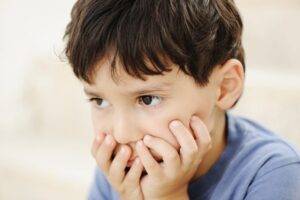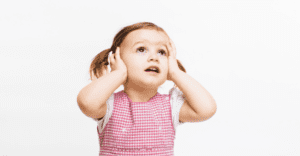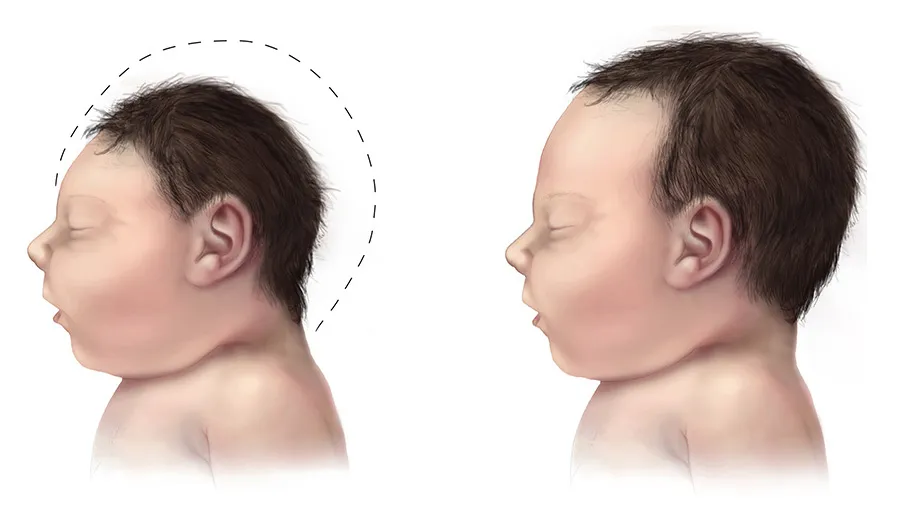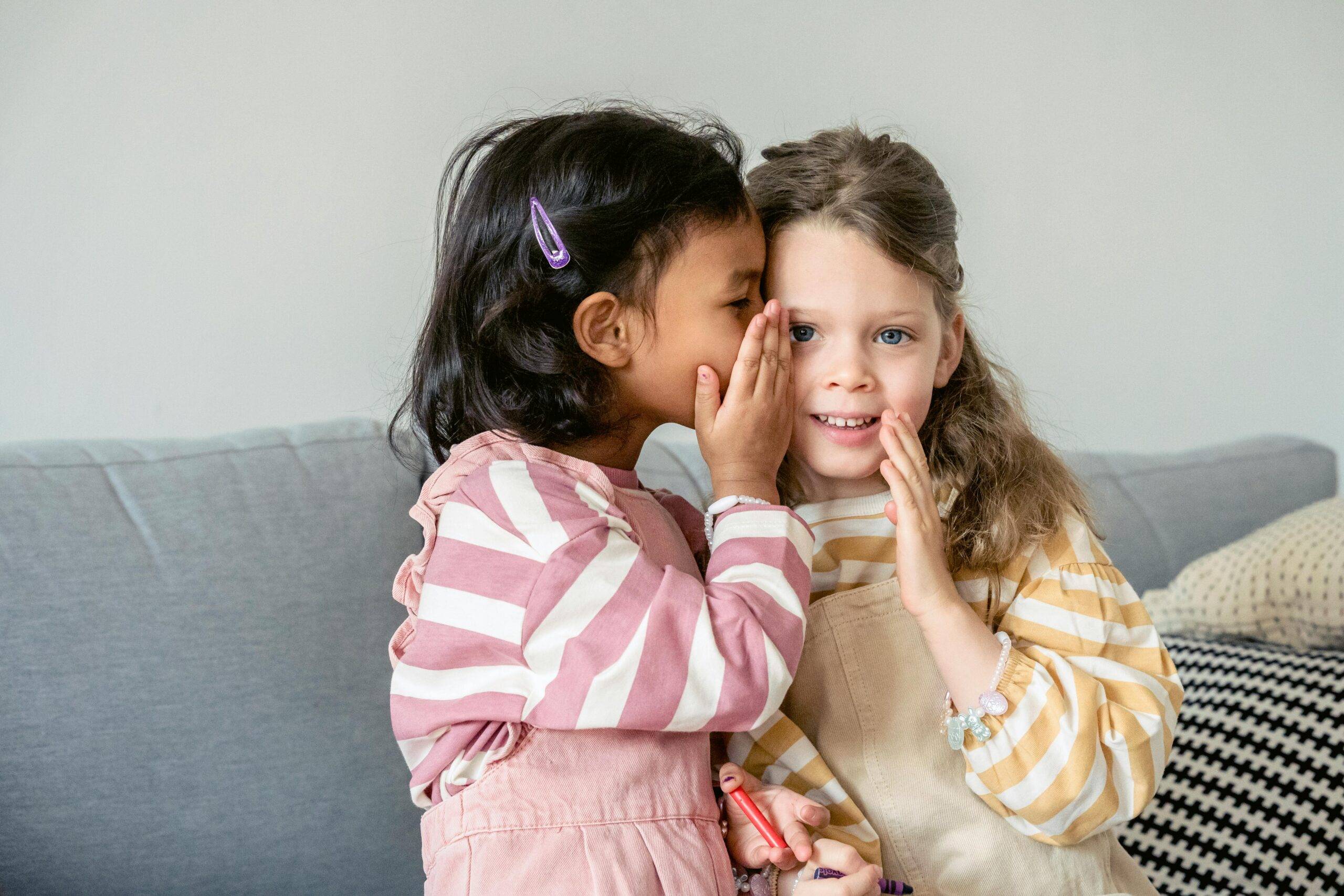For any parent, a child’s complaint of dizziness or a spinning sensation is enough to raise alarms. While the word “vertigo” might conjure scenes from dramatic movies or medical shows, its real-world implications can be disorienting and unsettling. I am Dr. Michael Nwaneri, a pediatrician with a specialization in obesity medicine, and I’m here to provide a meticulous analysis of vertigo in children. This guide will cover its underlying causes, symptoms, diagnostic protocols, treatment options, and preventive strategies.
Unraveling the Maze of Vertigo
Vertigo is a condition that can be best described as a subjective sensation of the environment spinning or moving around you. Contrary to popular belief, it’s not simply feeling dizzy. In medical terms, vertigo is often a symptom of an underlying issue rather than a disease itself.
Causes of Vertigo in Children
Common Causes
- Benign Paroxysmal Positional Vertigo (BPPV): Triggered by changes in head position.
- Vestibular Neuritis: Inflammation of the vestibular nerve, often following a viral infection.
- Ménière’s Disease: A rarer cause in children, associated with hearing loss and tinnitus.
Additional Factors
- Medication Side Effects: Some medications can cause vertigo.
- Migraines: Some children experience vertigo as part of their migraine symptoms.
Symptoms That Accompany Vertigo
- Nausea and Vomiting: Due to the imbalance.
- Unsteadiness: Difficulty in maintaining balance.
- Hearing Changes: Like tinnitus or hearing loss.
- Visual Disturbances: Such as blurred vision.
Diagnostic Approaches
Standard Procedures
- Medical History: Understanding symptom patterns.
- Physical Examination: Including neurological and otological (ear-related) examinations.
- Imaging Tests: Such as MRI or CT scans if required.

Specialized Tests
- Electronystagmography (ENG): To evaluate involuntary eye movements.
- Videonystagmography (VNG): Similar to ENG but uses video to document eye movements.
Treatment Paradigms
- Repositioning Maneuvers: Like the Epley maneuver for BPPV.
- Medications: Antihistamines or anticholinergics to manage symptoms.
- Physical Therapy: Vestibular rehabilitation can be helpful.
- Surgery: In extreme cases, procedures like a labyrinthectomy may be considered.
Preventive Measures: Equipping Your Child for Stability
- Healthy Diet: To rule out any nutritional deficiencies.
- Regular Exercise: Helps in overall balance and proprioception.
- Safety Measures: Use of helmets and protective gear during sports.

Concluding Thoughts: An Ounce of Prevention
Vertigo is an unsettling experience, not just for the child but for the parent as well. While the spinning sensation can feel overwhelming, understanding the underlying causes and knowing when to seek medical help can offer both immediate relief and long-term solutions.
References
- American Academy of Pediatrics – Vertigo
- Journal of Vestibular Research: Equilibrium & Orientation
- Migraine Research Foundation
Disclaimer: The information in this article is solely for educational purposes and should never replace professional medical advice.




